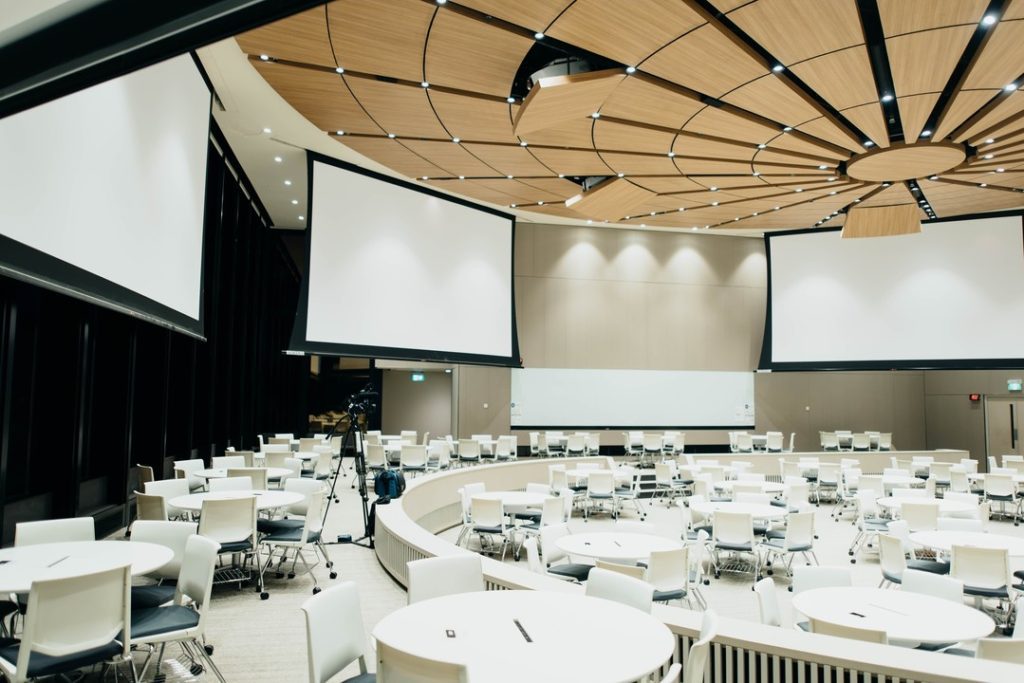From boardrooms to large-scale events, the shift away from traditional matrix switchers to network-based solutions has revolutionized how we transmit audio and video signals. AV over IP is our new golden standard. But as adoption spreads, a new challenge is emerging: interoperability.
The next evolution of AV over IP hinges on speaking the same language, because the future of this technology will only be as strong as the standards on which we agree.
The Growing Pains of Progress
AV over IP has empowered AV professionals with greater flexibility, scalability and cost efficiency — but this rapid evolution has also created a patchwork of devices and protocols. Unfortunately, this doesn’t just affect AV integrators; it affects IT managers and end users also feel the pain of navigating inconsistent performance caused by compatibility concerns and vendor turnover.
Why Standardization Is the Key
As enterprise networks become ever more sophisticated, AV systems need to play nicely in a digital ecosystem that includes everything from unified communications platforms to cloud-based collaboration tools.
Standardization brings several benefits:
- Interoperability: devices from different manufacturers can “talk” to each other, reducing integration headaches and future-proofing investments
- Ease of deployment: No need to re-learn a new system every time. Consistency in setup, management, and troubleshooting saves time and reduces costs.
- Security and stability: Networked AV solutions require robust, consistent security protocols, so standardized solutions help IT and AV teams align on best practices.
- Scalability: Shared protocols make it easier to expand or modify systems without starting from scratch, or relying on a single vendor’s roadmap.
Think of it like the language of the internet – without shared standards like TCP/IP, the web would be a disjointed mess. The AV industry is facing a similar turning point and the stakes are high.
The Role of IT in AV’s Evolution
One consequence of AV over IP becoming more mainstream is that the line between AV and IT has continued to blur. In enterprise organizations, IT departments are increasingly becoming responsible for parts of AV systems — even when the systems themselves are not their specialty — and they expect standardized, documented protocols that allow seamless integration into existing infrastructure.
This makes the need for AV over IP standards not a “nice to have,” but an absolute imperative. Without standardization, the AV industry risks falling behind the very network upon which it now depends.
What’s Next?
The good news is that progress is being made. Manufacturers, industry alliances, and integrators are actively working towards unified standards, so different AV systems can work together more easily, even in complex enterprise environments.
But we’re not there yet. Getting to a fully standardized AV over IP landscape will require:
- Greater cooperation among manufacturers to prioritize open protocols over proprietary systems
- Commitment from consultants and integrators to recommend standards-based solutions
- Ongoing training and education to ensure AV and IT professionals are aligned on language, capabilities, and expectations
Looking Ahead
Standardization is about unlocking innovation: with shared protocols and a commitment to interoperability, AV professionals can focus on creating high-performance environments that empower communication, collaboration, and connection.
At AV-Tech, we see this shift as a critical opportunity. The future of AV over IP will be shaped by those who build systems that are flexible, secure, and designed to scale. That’s why we advocate for open standards in every solution we design—because AV should always fit seamlessly into the broader IT ecosystem.
Ready to explore how AV over IP can work better for your business? Let’s connect.



